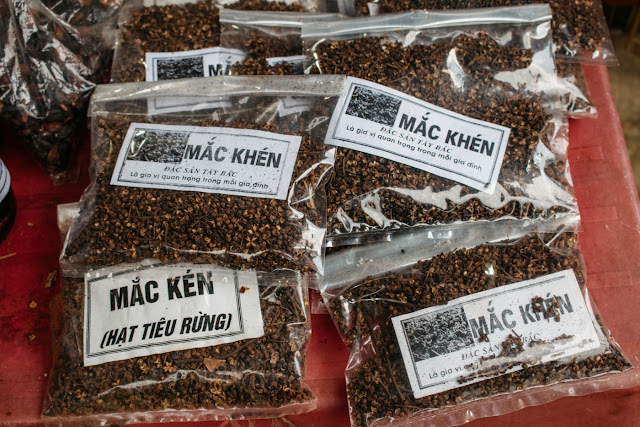Go Camping
In an island with a landscape so beautiful, camping can offer things luxe resorts may not be able to provide. From an unparalleled view of nature to falling asleep to the sound of crickets, camping in Bali is an unmissable experience for nature-lovers. Plus, it costs much less than any other accommodation options. The tropical paradise has numerous excellent camping sites, from the highest peak of Mount Agung, the scenic Bukit Asah, to the secluded Nyang Nyang Beach.Observe the Festivals
Indonesians joke that Balinese have more holidays than everyone else in the country. And while that is covetable, the holidays provide tourists a lot of windows to observe lively traditional festivals. Balinese dedicate a lot of days to uphold their traditions and religious celebrations during their 210-day calendar system. That amounts to numerous festivals yearly, from the walking procession during Galungan to the ogoh-ogoh festival before the day of silence (Nyepi) and many other events after. Each locality has different ways to celebrate one special occasion, so the choices are virtually endless.Go Hike the Hills
Hiking is one fun and free way to appreciate Bali’s stunning nature. Just by utilizing your own feet, you can enjoy the lush tropical jungles, fresh breeze, warm sunshine and vibrant wildlife. Head over to Campuhan Ridge for a short walk, with a picturesque view of Ubud, or to Mount Batur for a 3-hour hike culminating in the glorious sunrise.Watch Sunset
Bali’s sunsets are notorious for being both easy to catch and easy to miss. Simply go to the western-facing beaches like Uluwatu, Tegal Wangi, Kuta and others, sit by the sand with a beer in hand (optional) and wait for the several minutes of wonder. If you have more money to spend, you can also opt for one of Bali’s hip sunset beach bar for well below $10 around Legian and Seminyak.Walk Through a Rice Field
You’ll be surprised at how soothing this simple activity is. The sun is warm but the air is crisp, and you’re in the middle of a vast, picturesque rice terrace. In an instance, you’ll feel like the green calming sight has washed away your weary eyes from hours of staring at the screen daily. And, yes, taking pictures is still free.Wander the Streets of Ubud
Many adventures, sights and experiences await in the streets of Ubud, the art and culture capital of Bali. The neighborhood is alive with a quirky and artistic atmosphere reverberating in every corner; in every small craft shop, temple, café and gallery, you’ll encounter it. If, during your relaxing stroll through the area, your ear catches a sound of live music playing, follow the music, and you might find a gamelan music group rehearsing. Most of the time they don’t mind an audience as long as you keep quiet. Also, don’t miss the art market, where you can find souvenirs for any budget or just look around.See more: Top amazing Bali resorts for a perfect getaway
Source: Internet




















